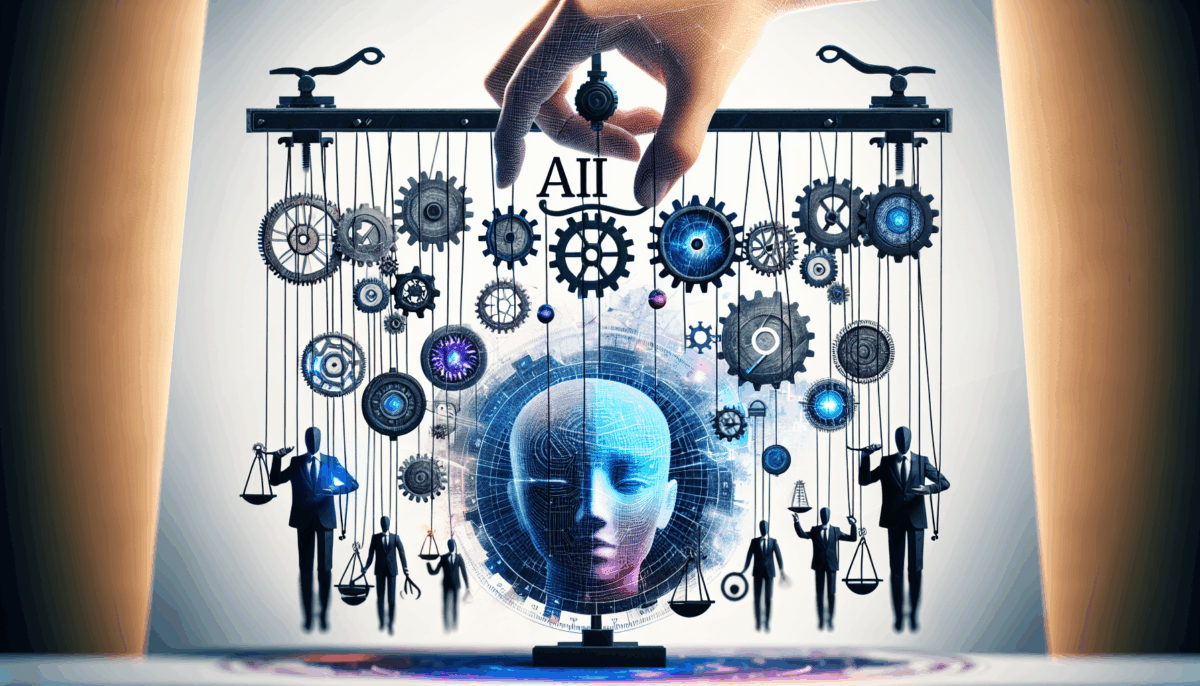Australia Post Deploys ThousandEyes Throughout Its Retail Network
We independently review everything we recommend. When you buy through our links, we may earn a commission which is paid directly to our Australia-based writers, editors, and support staff. Thank you for your support!
Quick Overview
- Australia Post implements Cisco ThousandEyes at more than 3000 retail locations.
- The emphasis is on monitoring specific retail sites rather than merely endpoints.
- Connectivity enhancements include NBN and Starlink for remote areas.
- Australia Post oversees approximately 25,000 devices, primarily utilizing Meraki technology.
- The rollout seeks to improve network availability and resilience.

Enhancing Retail Network Monitoring
Australia Post is taking major strides to improve the visibility of its network and application performance by rolling out Cisco ThousandEyes across its vast retail network. With more than 3000 locations and 8000 terminals, this initiative is positioned to revolutionize how Australia Post oversees its operations, concentrating on specific retail locations rather than just endpoints.
Boosting Connectivity and Resilience
To enhance connectivity, Australia Post has already upgraded many locations to NBN, controlled via a Cisco Meraki SD-WAN. Earlier this year, Starlink was added to serve some of the most isolated locations, ensuring steady and dependable network services for these essential community hubs.
Dedication to Community and Customer Service
Adam Goodall, the Head of Technology, Cloud, and Infrastructure at Australia Post, stressed the organization’s commitment to enhancing resilience and availability for communities and clients. The organization is overseeing roughly 25,000 devices, utilizing Meraki solutions for superior networking capabilities.
Upgrading the Support Centre
Australia Post’s high-tech support centre in Burnley, Melbourne, highlights its commitment to modern networking. The facility operates on a wi-fi only framework, doing away with conventional cabling, and houses vital services, including a contact centre that improves customer and community engagement.
Conclusion
Australia Post’s implementation of Cisco ThousandEyes across its retail network signifies a major leap in monitoring and connectivity. By emphasizing site-specific visibility and upgrading infrastructure with NBN and Starlink, Australia Post is set to bolster service resilience and availability throughout its extensive network.






.jpg&h=420&w=748&c=0&s=0)







